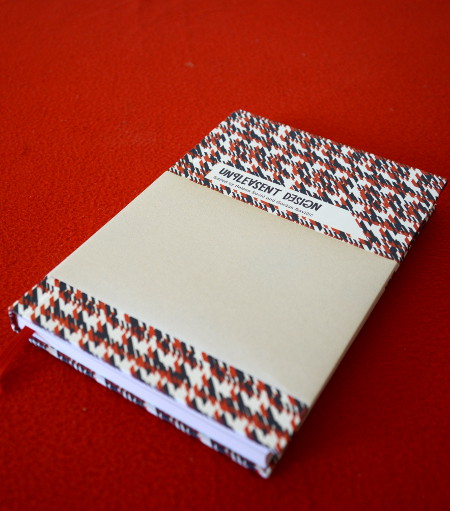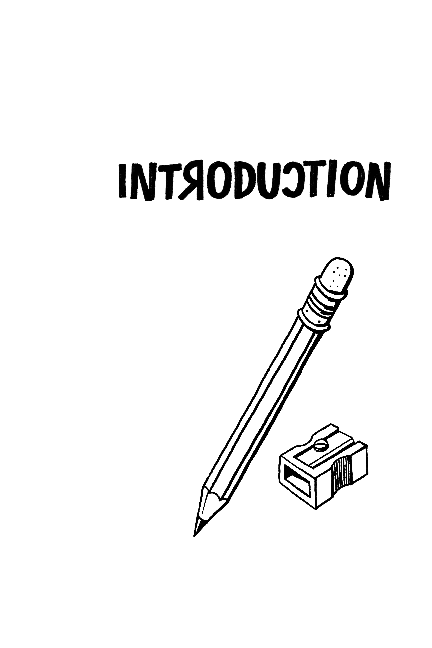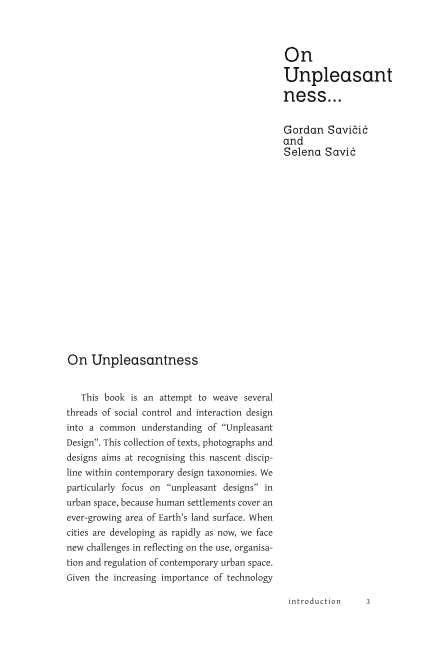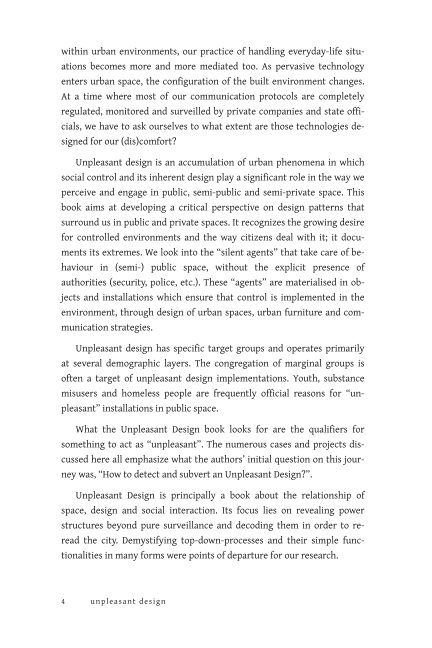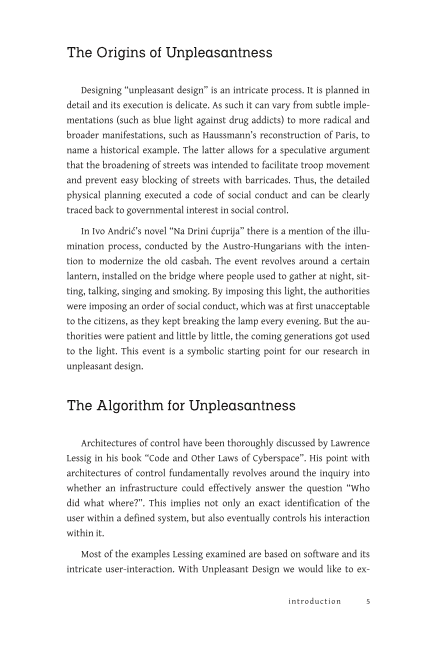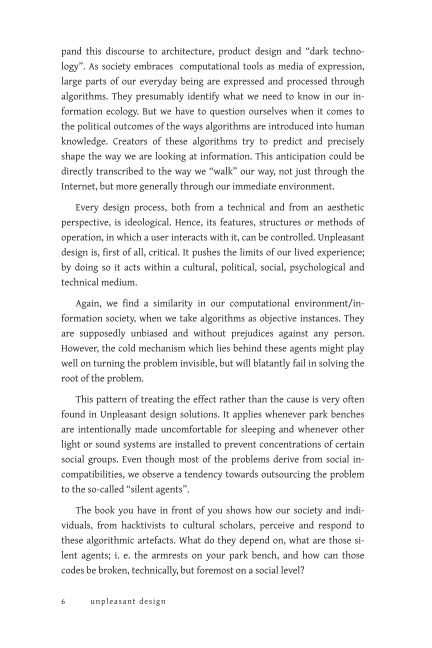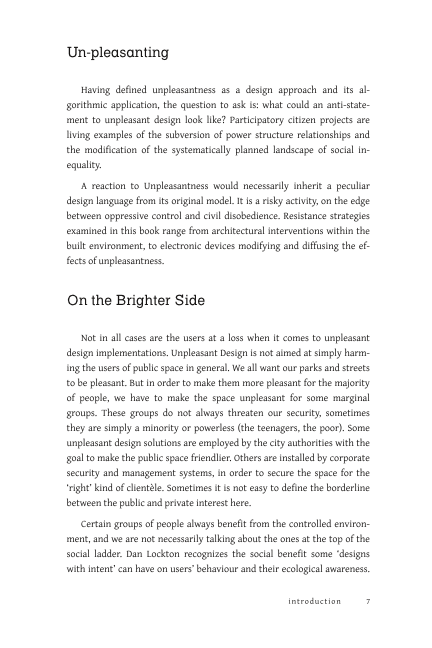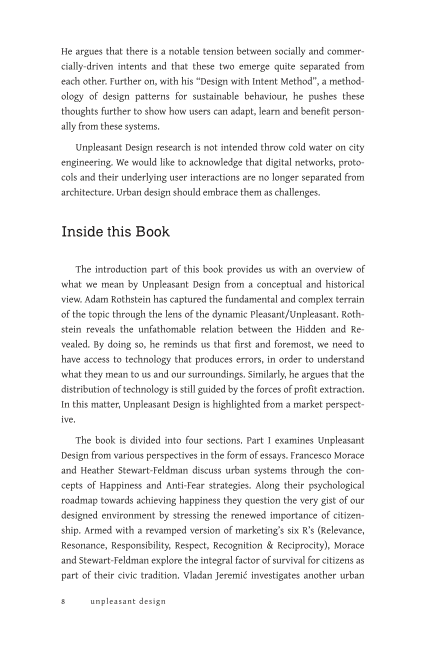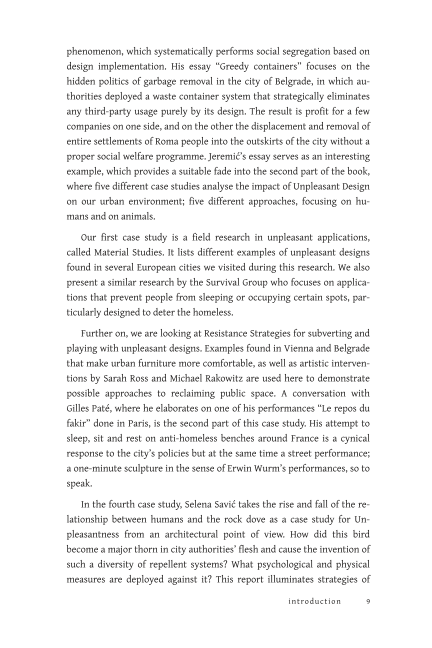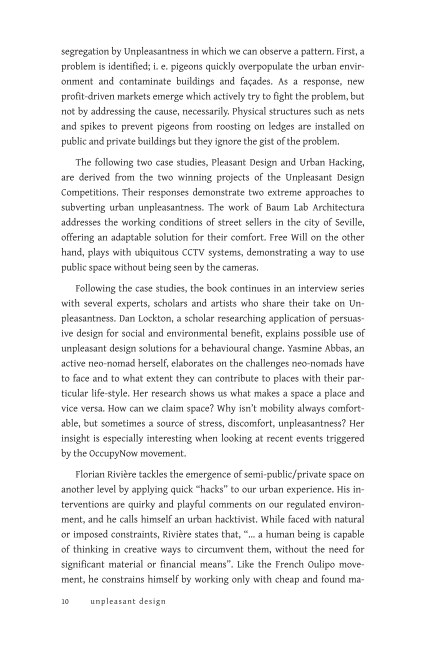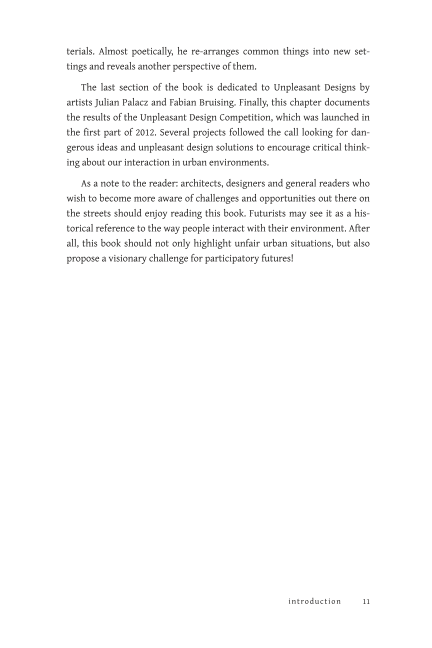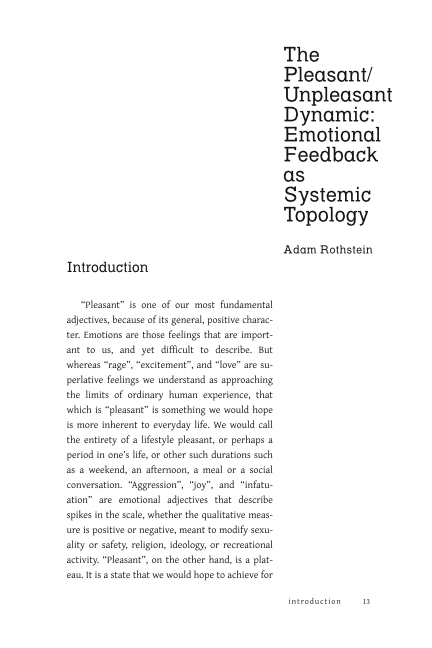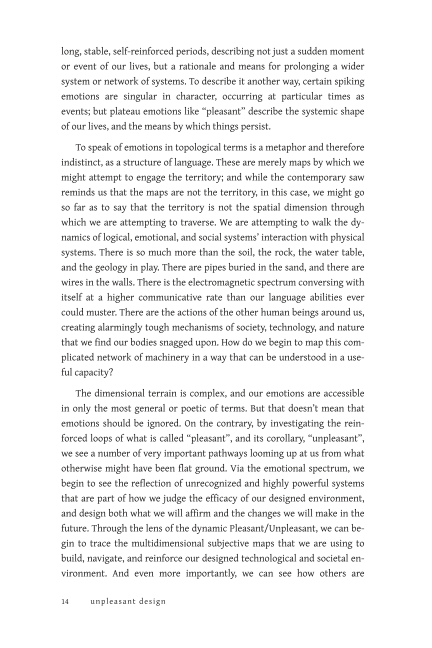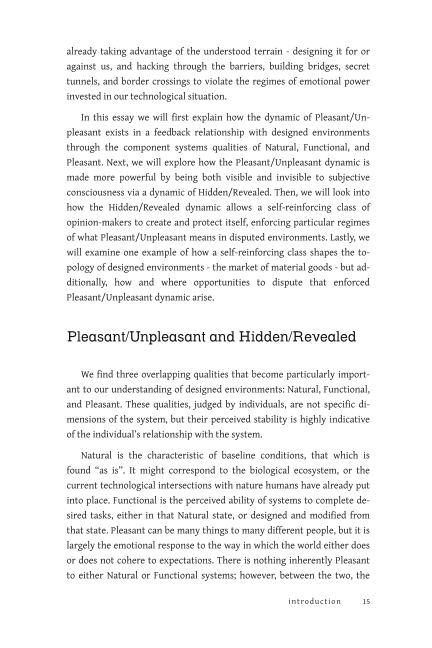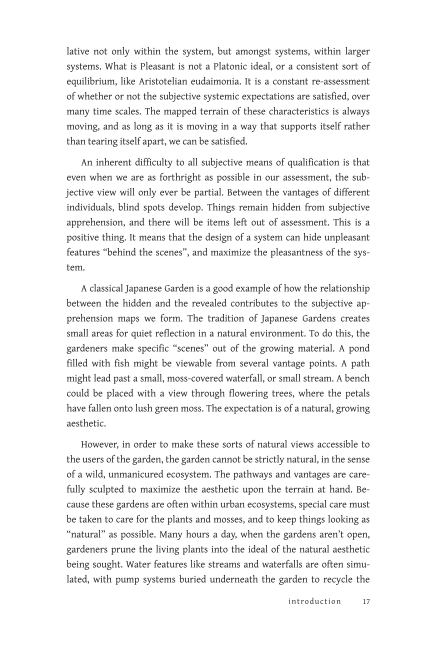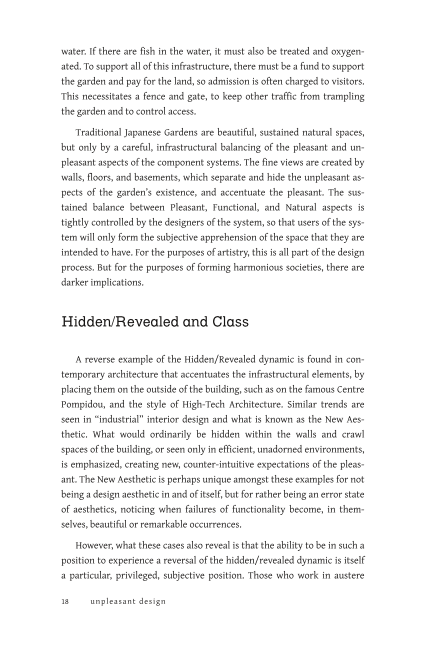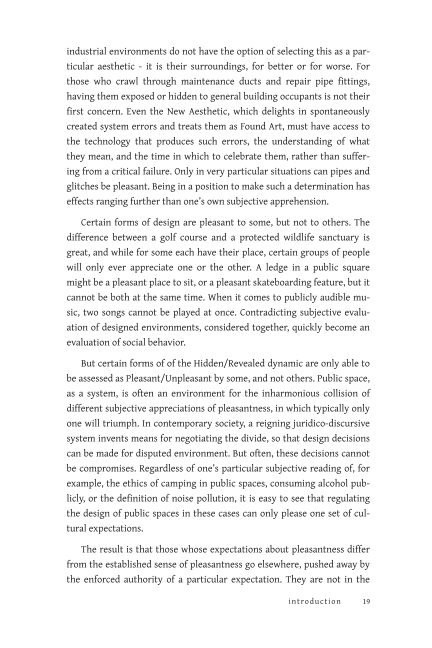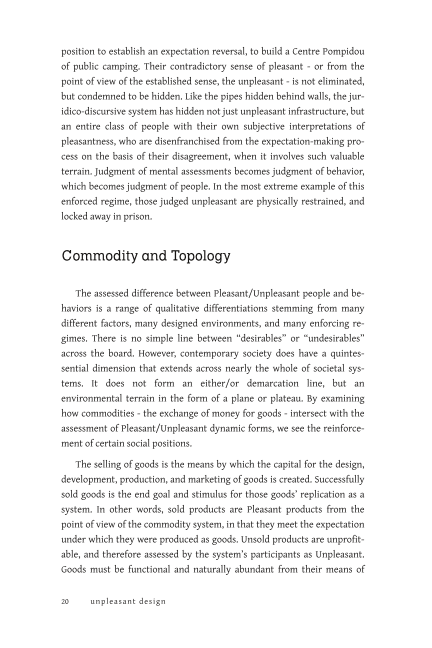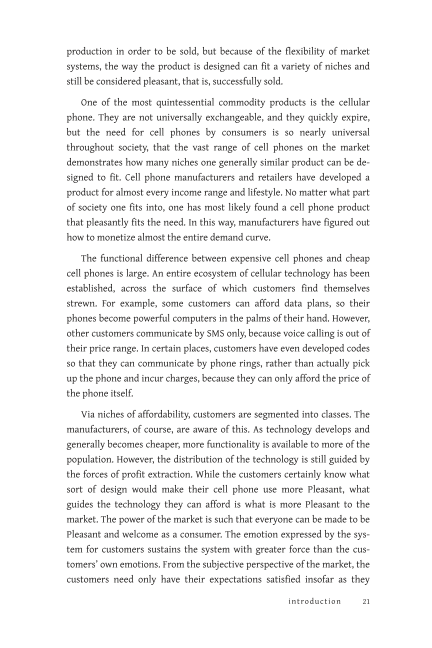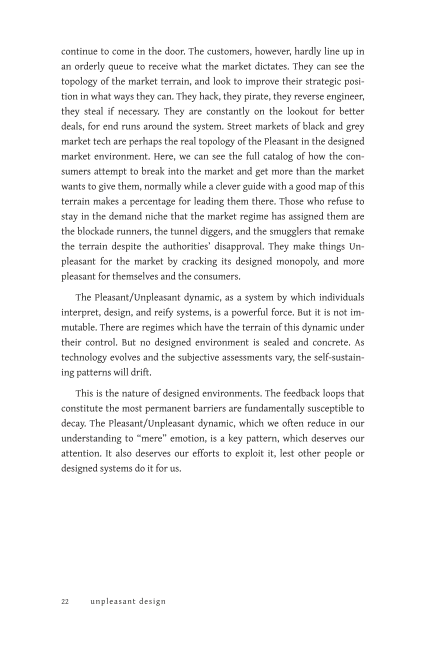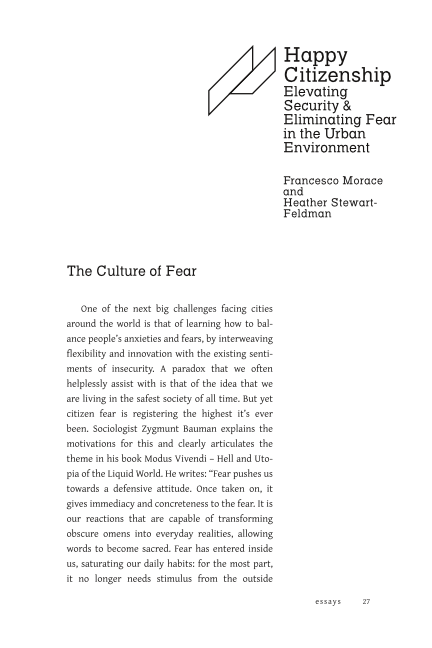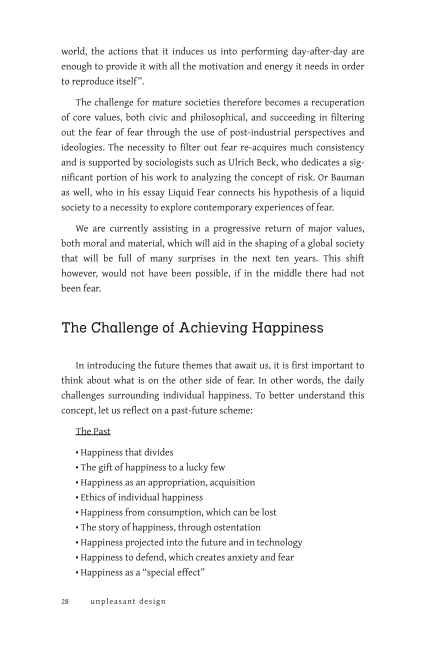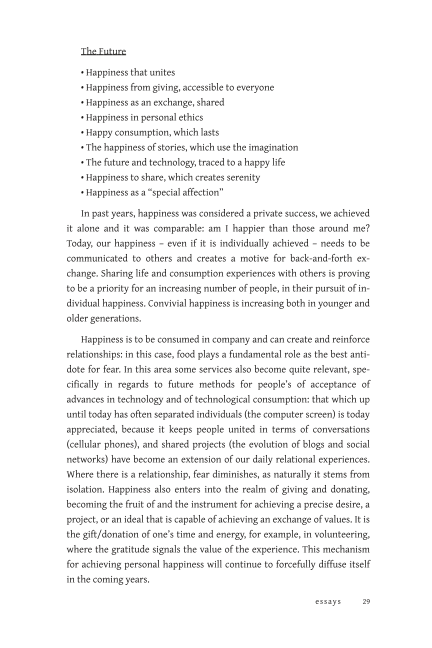Interview with Factory Furniture Design Team
On benefits of Unpleasant Design
Interview with the Factory Furniture Design Team, authors of the Camden bench
Unpleasant Design: We use Unpleasant Design as an umbrella term for all objects, devices and strategies aimed at influencing behaviour of people in ways that benefit particular social groups. It understands a design approach in which social impact is an inherent feature, preceding ergonomics or usability in the design brief. In our research, we came across your Camden bench, and other designs you created for urban spaces. Your website is one of the rare design sites where unpleasant design is explicitly listed and embedded in the design brief. How much is your design approach influenced by the Camden commission?
Factory Furniture: The ways in which seating is used in public areas has always interested us and in particular the effect of its use will have on an area. The positioning of furniture in urban areas has its problems and can attract anti social behaviour which can be unacceptable to residents especially if it is seen as a meeting place for groups. Ultimately we just like to produce well designed furniture, but the Camden was an extreme bench for a very specific brief. We have learnt a lot from that commission but we are firm believers that if you produce a good environment the problems of anti social behaviour are also reduced.
UD: The Camden bench is not your first “unpleasant” bench, if we might call it so. You feature numerous designs that “naturally deter skaters, rough sleeping and provide minimal surface area for tagging”. What inspired you first to focus on these design features?
FF: The Serpentine seat was our first public furniture design launched in 1991 and our first foray into the world of landscape furniture. At this point we noticed some very specific points of that design when compared to what was on the market at the time and noticed it was difficult to spend much time on if you were lying down and that the seats were not so prone to tagging or to skate abuse. We identified the main points about this design which encouraged its positive use and promoted these features as a way of not only promoting the product but to also draw attention to how behaviour can be manipulated to good use in design.
